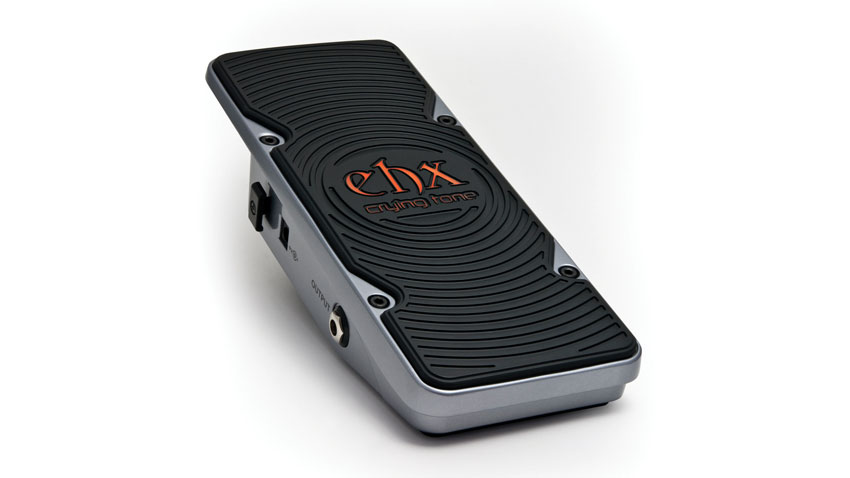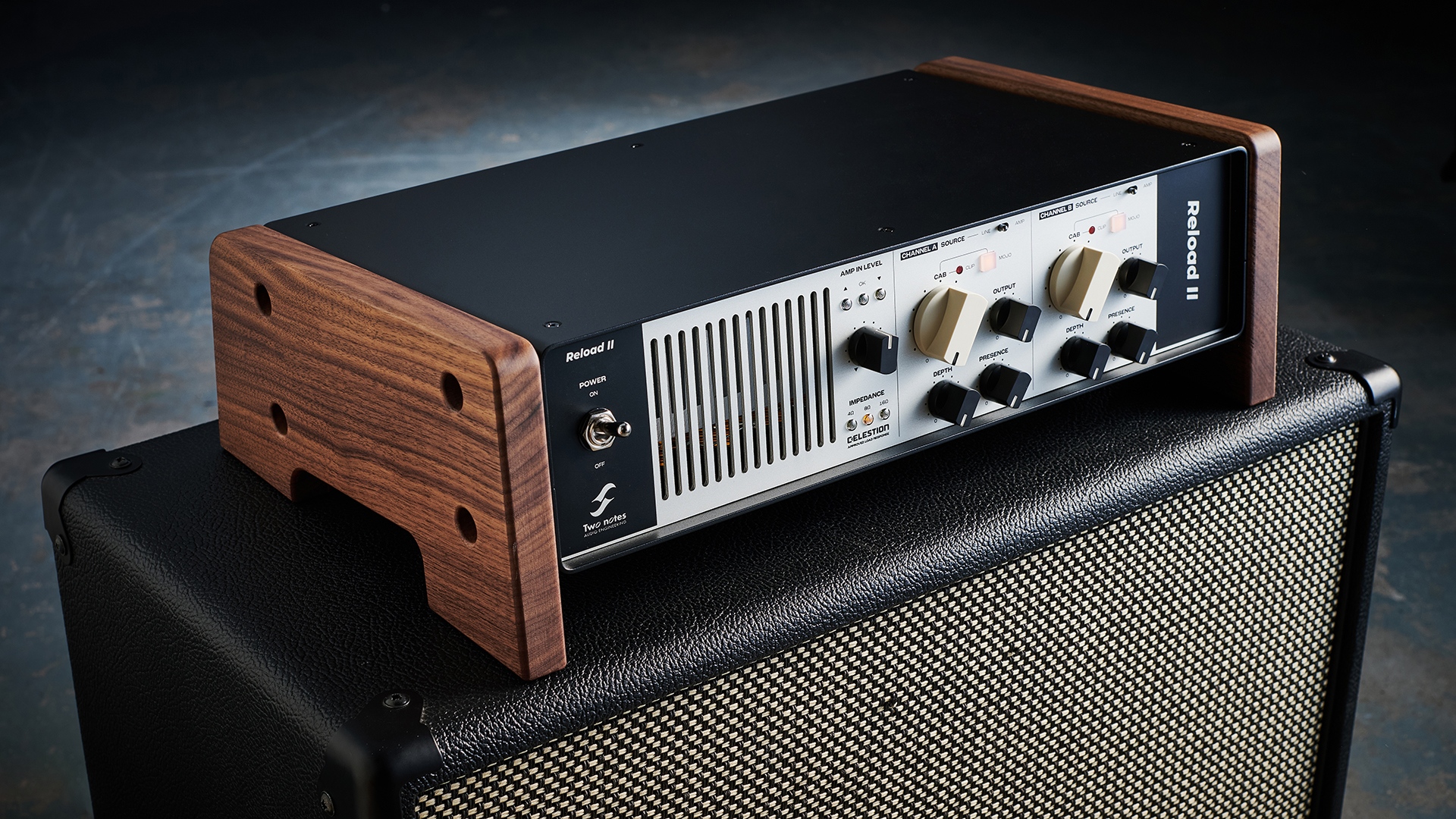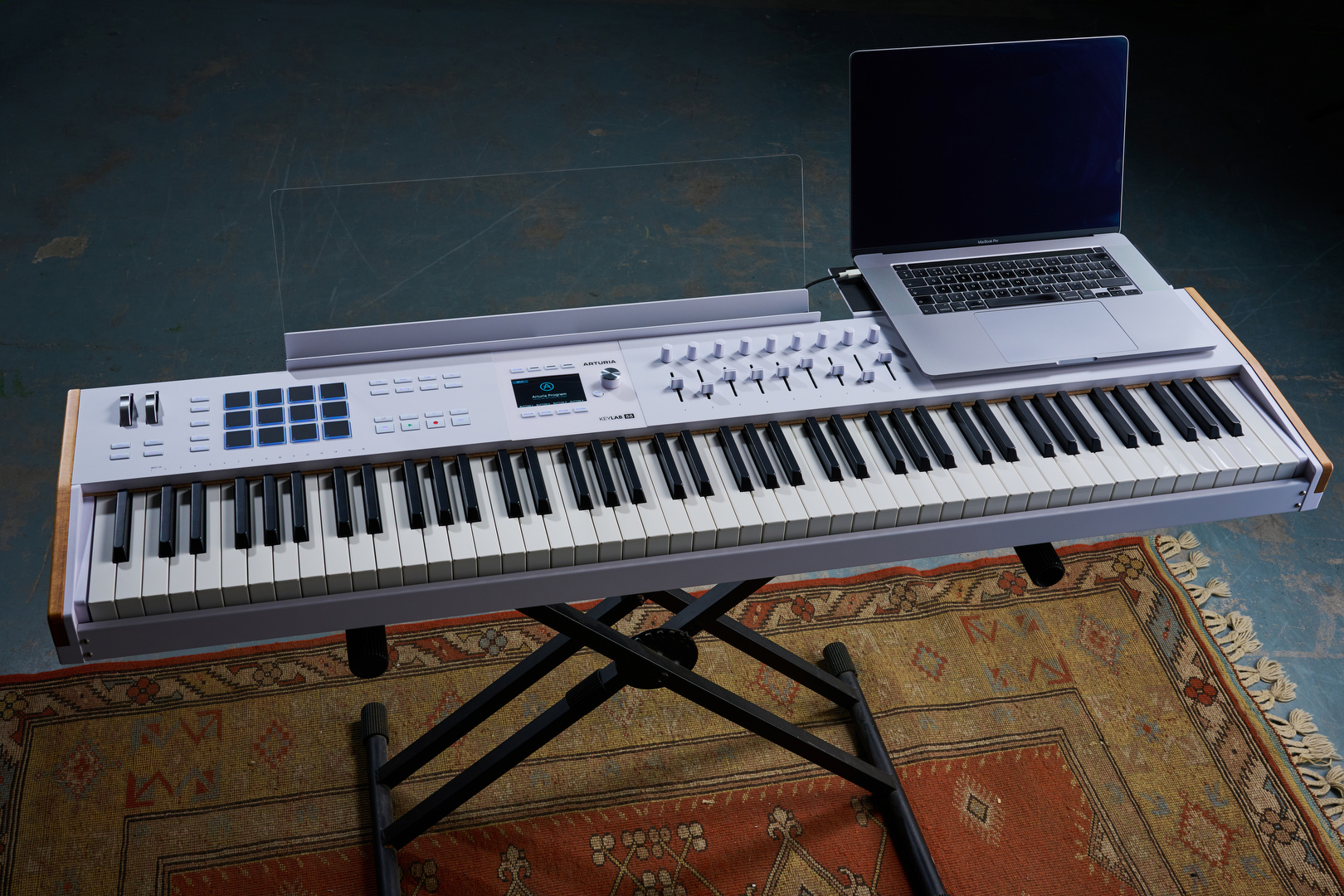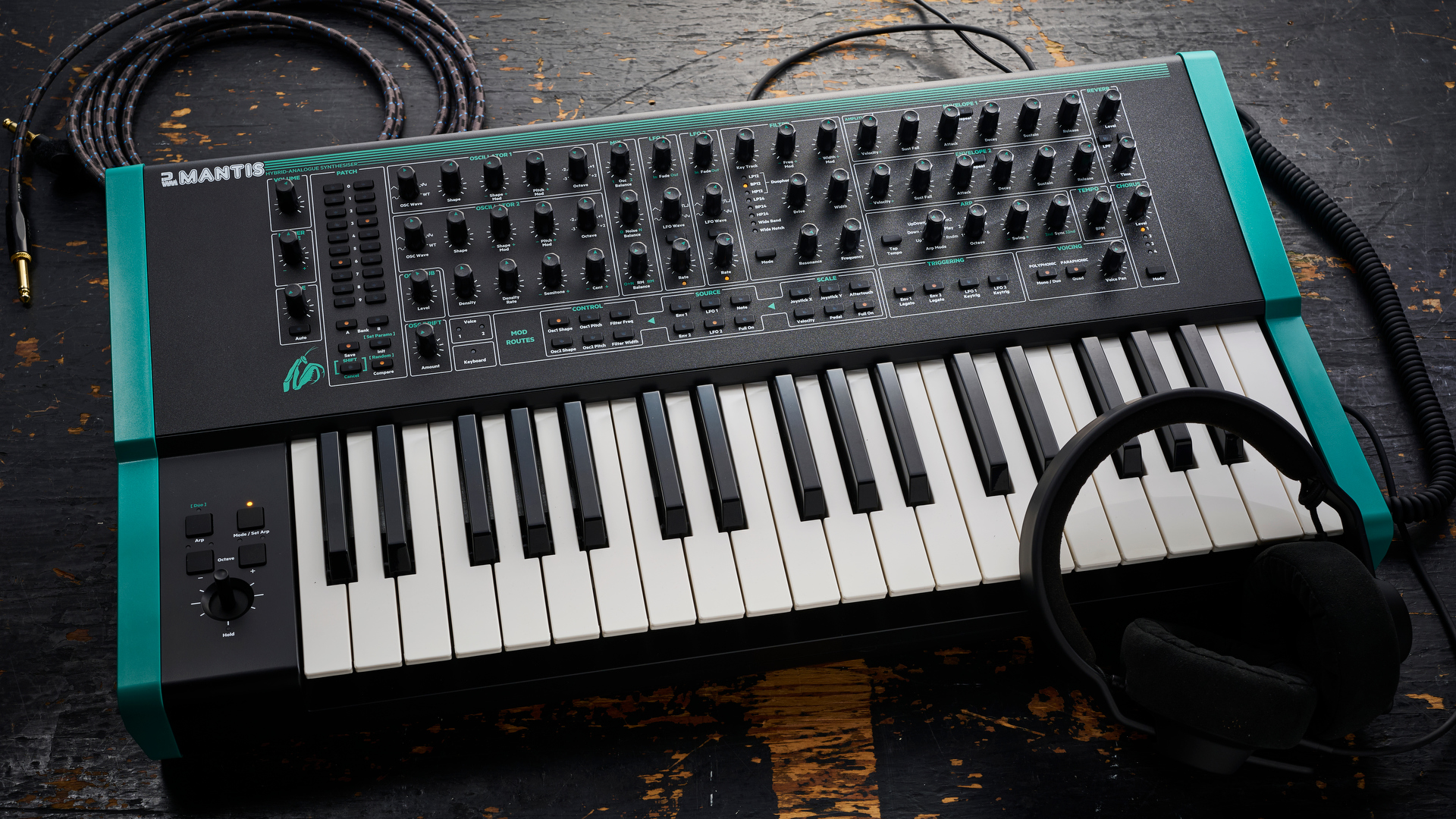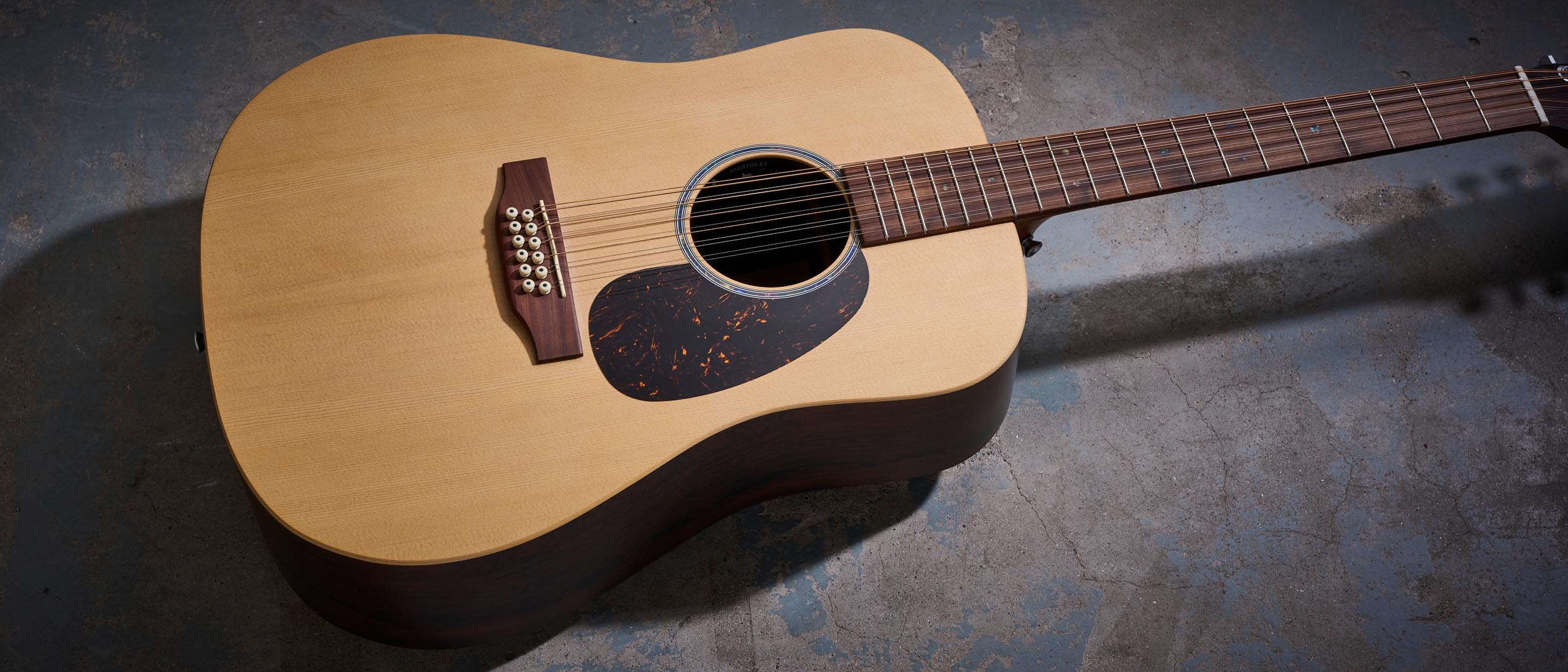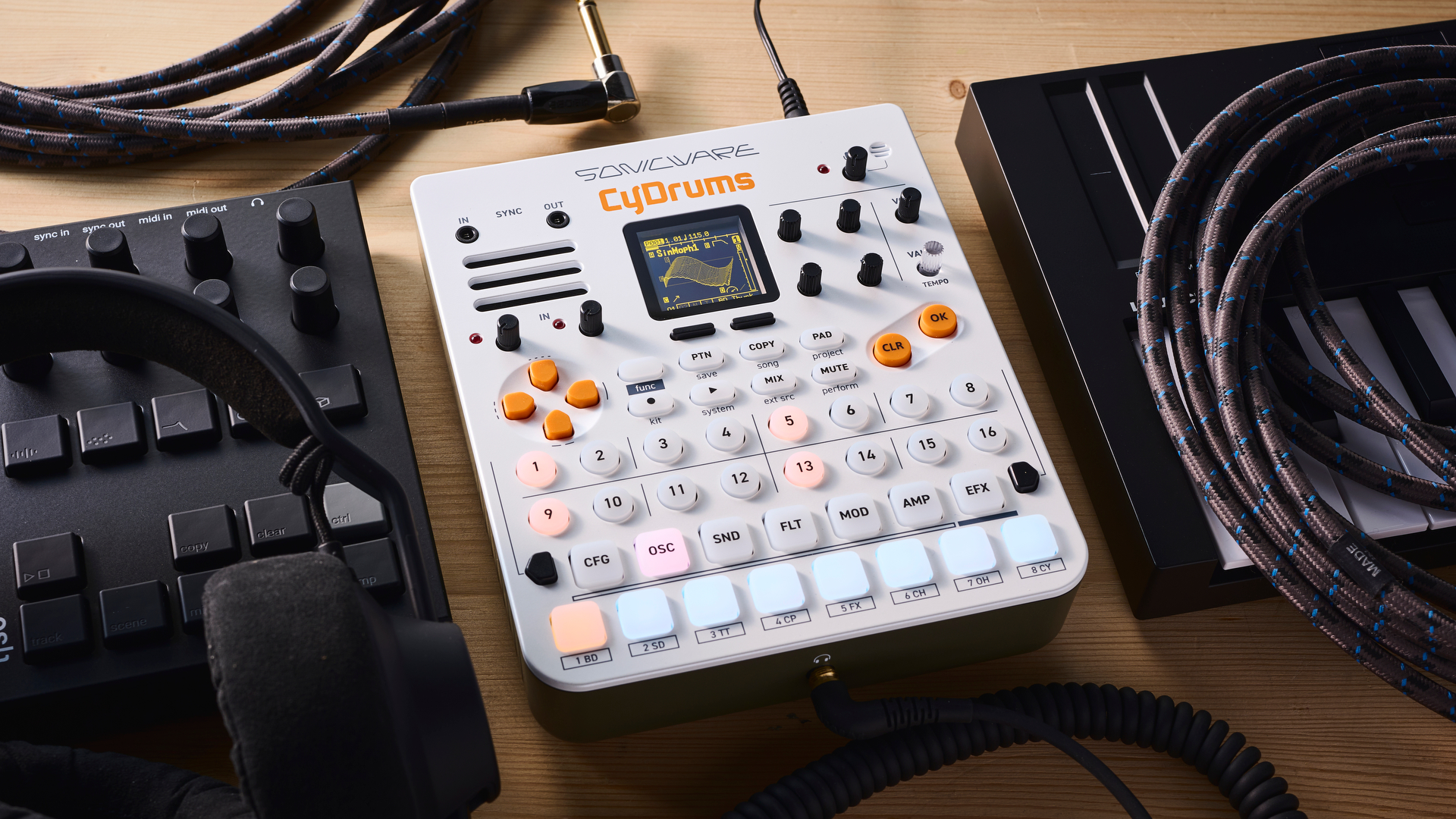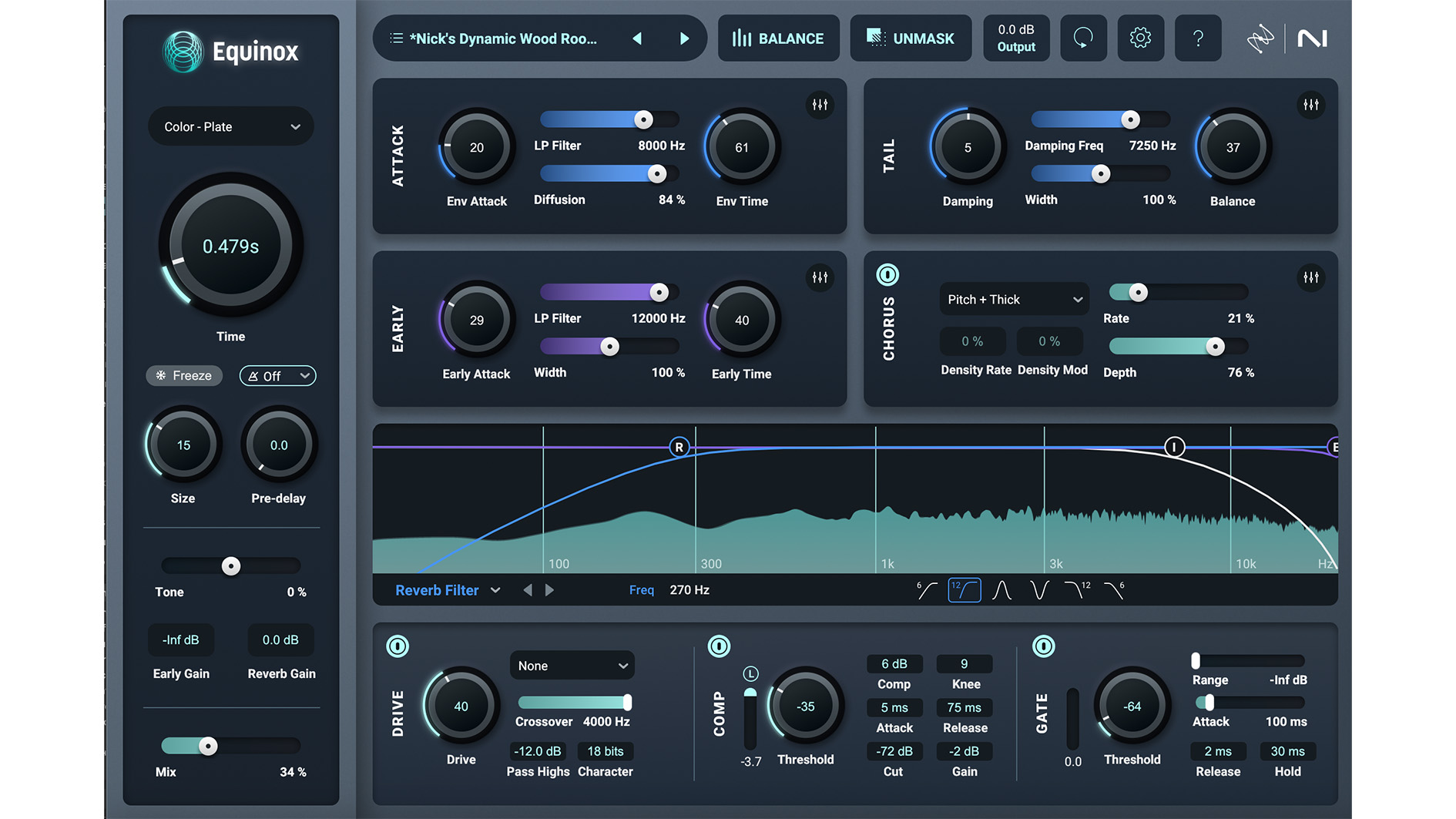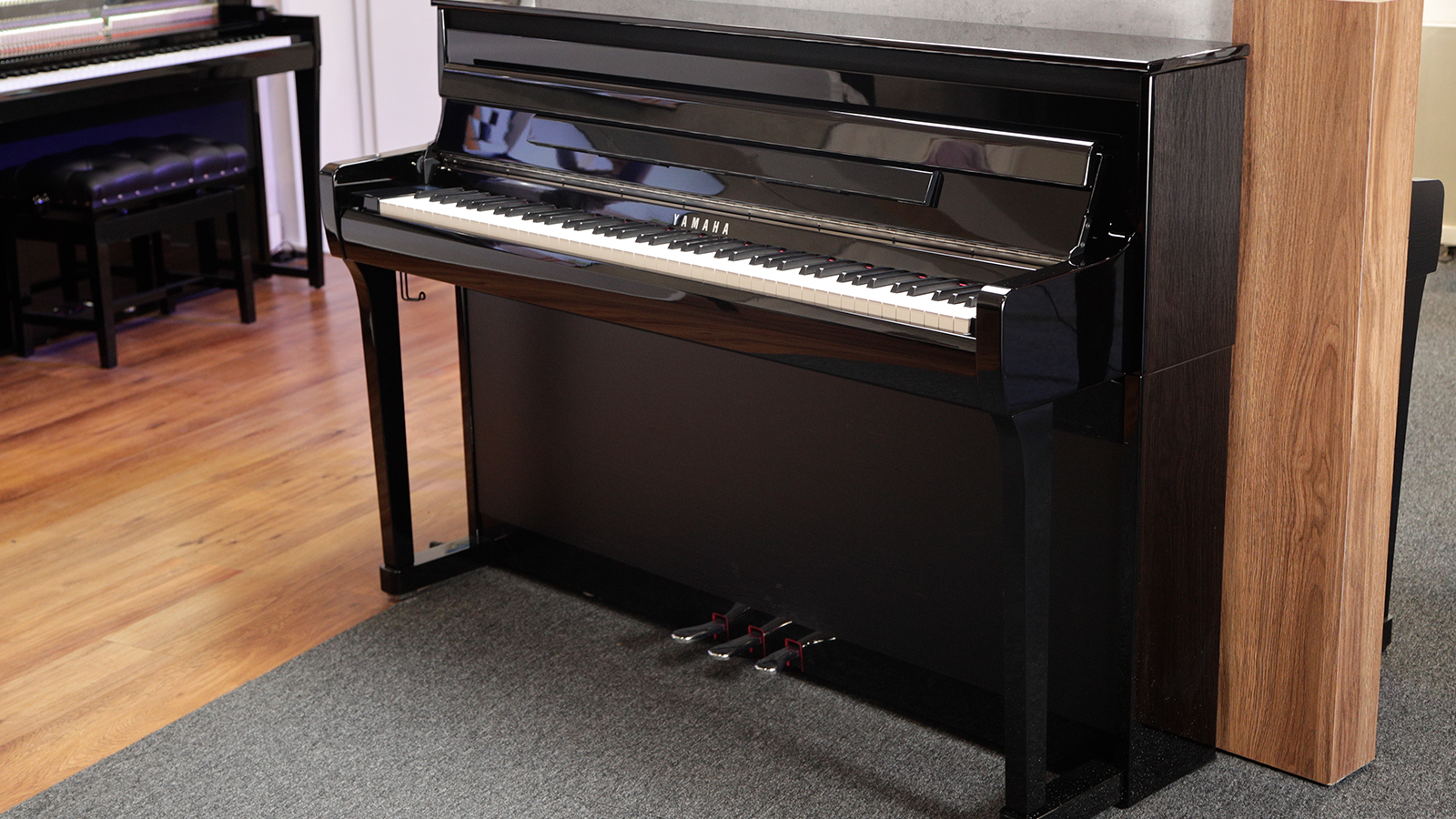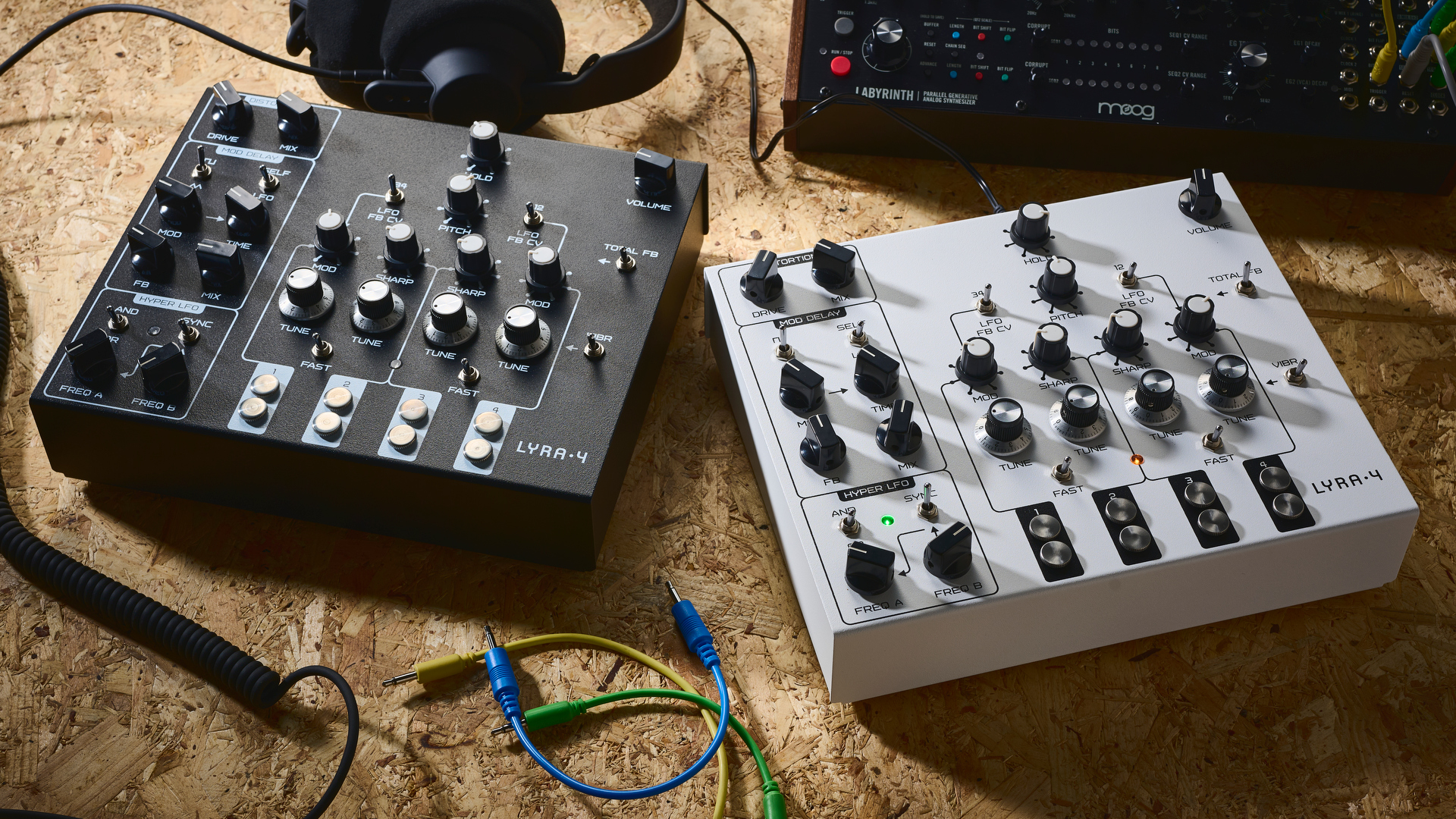MusicRadar Verdict
The Crying Tone sounds and feels great in use, but thanks to a few quirks, we reckon it runs the risk of frustrating rather than inspiring.
Pros
- +
No moving parts - meaning it should be reliable. Affordable. Nice tones.
Cons
- -
Pedalboards are a no-go. Scoots on the floor. Extra modes are hard to access on the fly.
MusicRadar's got your back
Veteran wah pedal users will know that long-term reliability can be an issue, with moving parts prone to wear and tear. Electro-Harmonix thinks it's come up with the ideal solution in the Crying Tone, by removing all moving parts from the equation.
"The Crying Tone works by physically rocking the whole pedal, and a motion sensor inside takes care of business"
The result is an affordable wah that sits nicely between vintage growl and modern clarity, but the real selling point is its sensitivity. It works by physically rocking the whole pedal, and a motion sensor inside takes care of business.
It's quick, and less restrictive than traditional wahs. However, for all the Crying Tone's ingenuity, there are problems. When you've got your foot down, it obscures the backlit centre logo on the treadle. Normally, this wouldn't be a big deal, but when you have to tip the pedal forward to switch it on and off, it becomes easy to trigger by accident.
The wah also scoots forwards across the floor while in use and, due to its construction, can't be placed on a pedalboard.
There are some cool extra modes, such as cocked and square-wave wahs, but you have to hit the calibration switch and hold the pedal in different positions to access them, making on-the-fly changes a bit slow.
Why is tennis superstar Serena Williams being bombarded with microphones fired from confetti cannons? Allow us to explain…
Carlos Santana collapses and then cancels second show “out of an abundance of caution”
“Every post feels like a test. If it flops I feel like a failure”: 61% of DJs feel that their social media presence is more important than their skill
